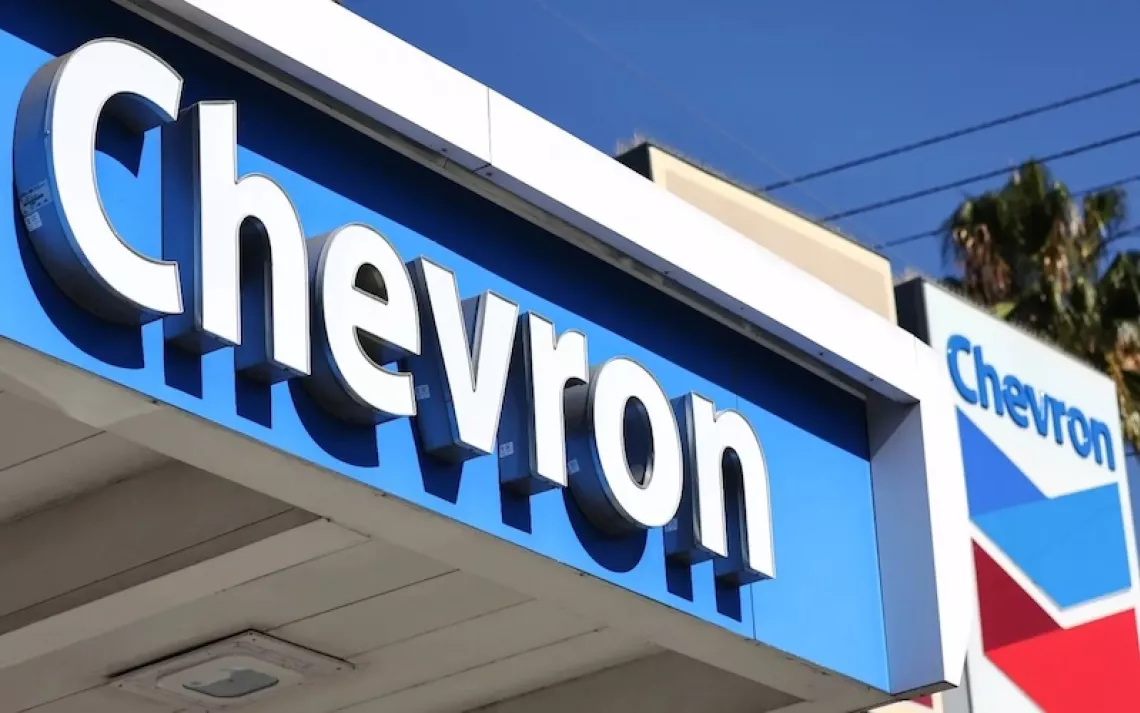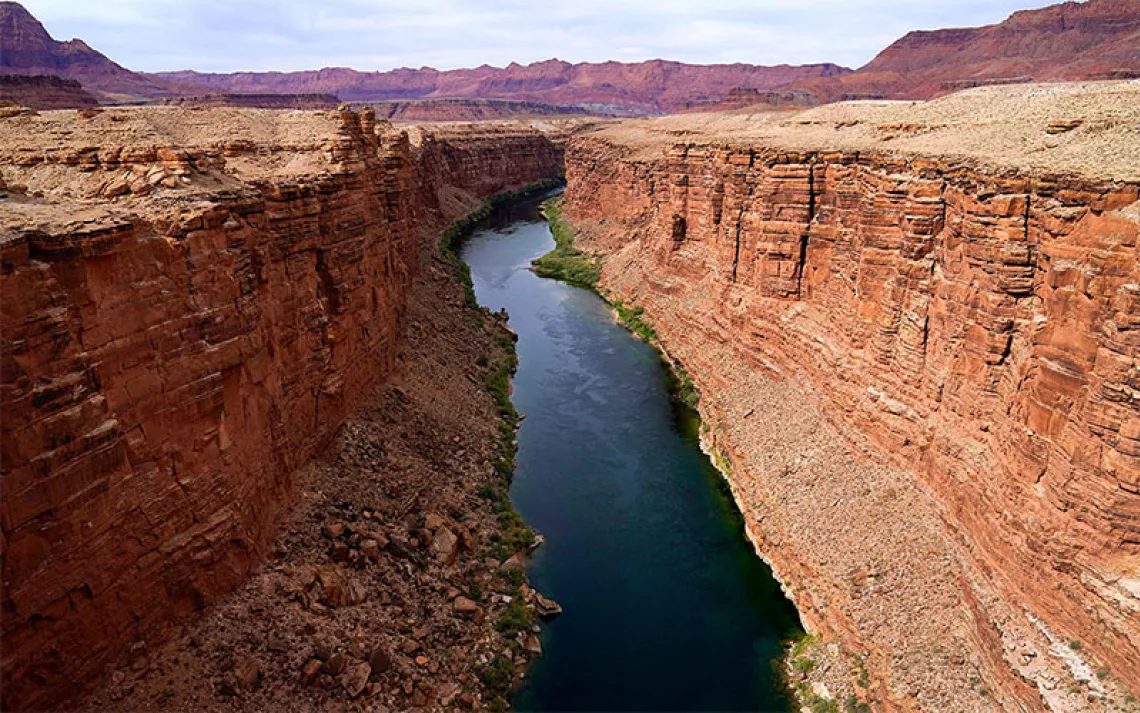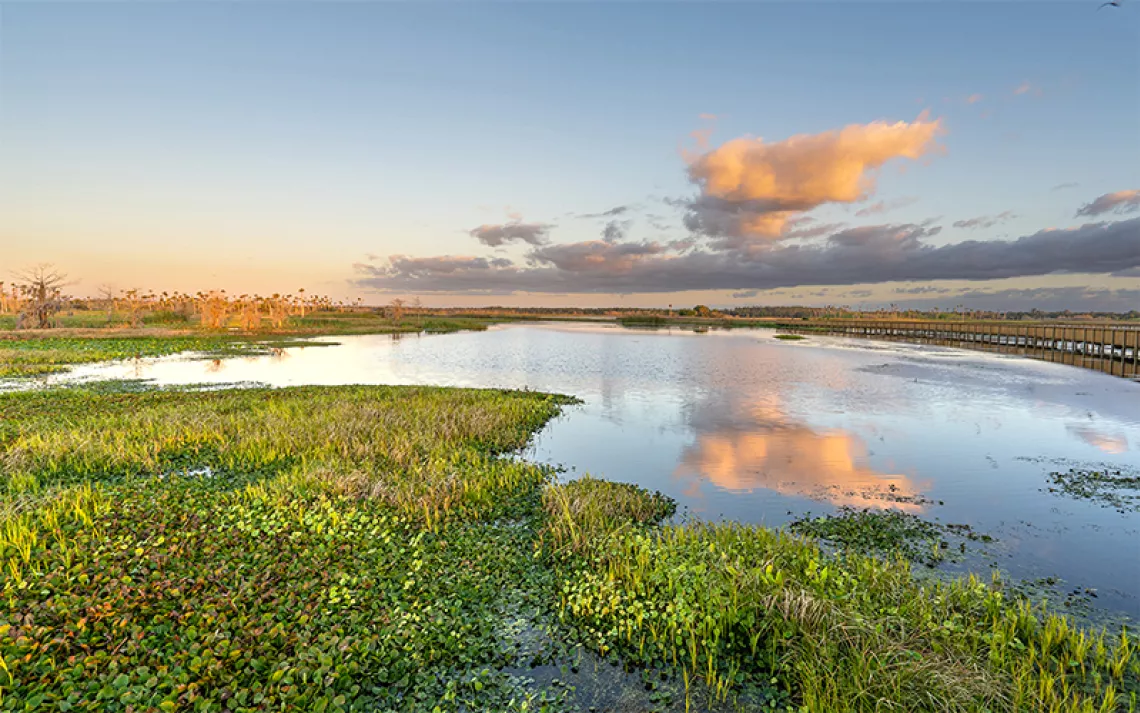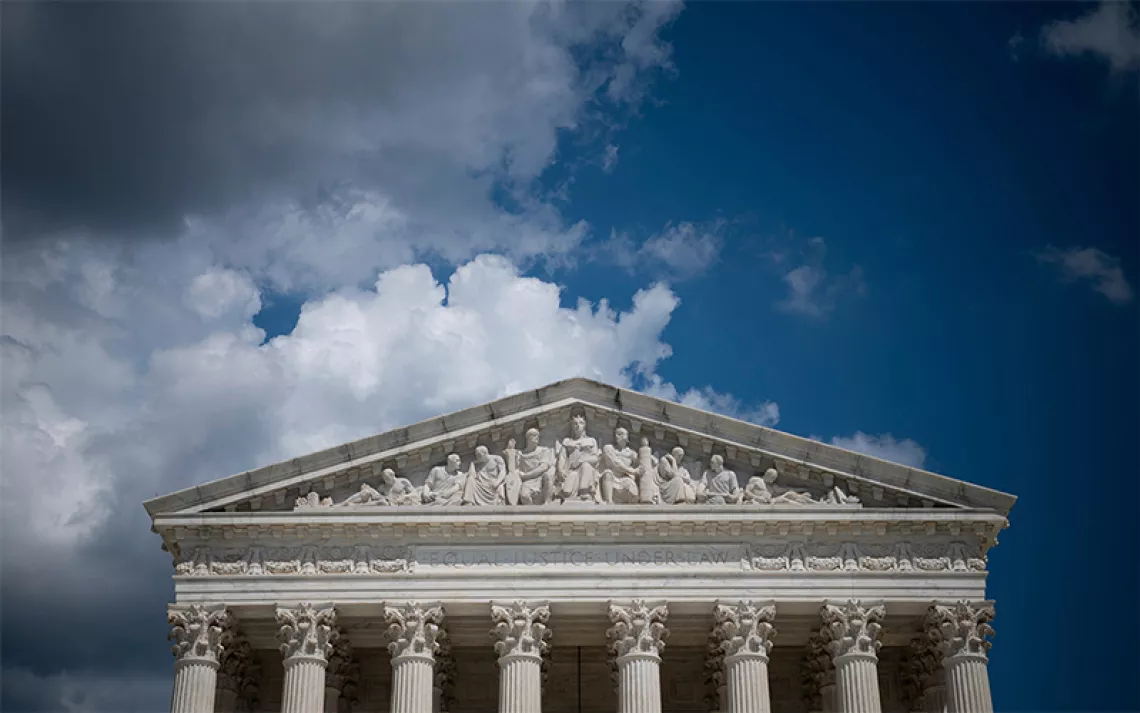The Supreme Court’s Hubris, Explained
Even though the conservative justices have curtailed the power of Congress and the presidency, federal climate action is still possible
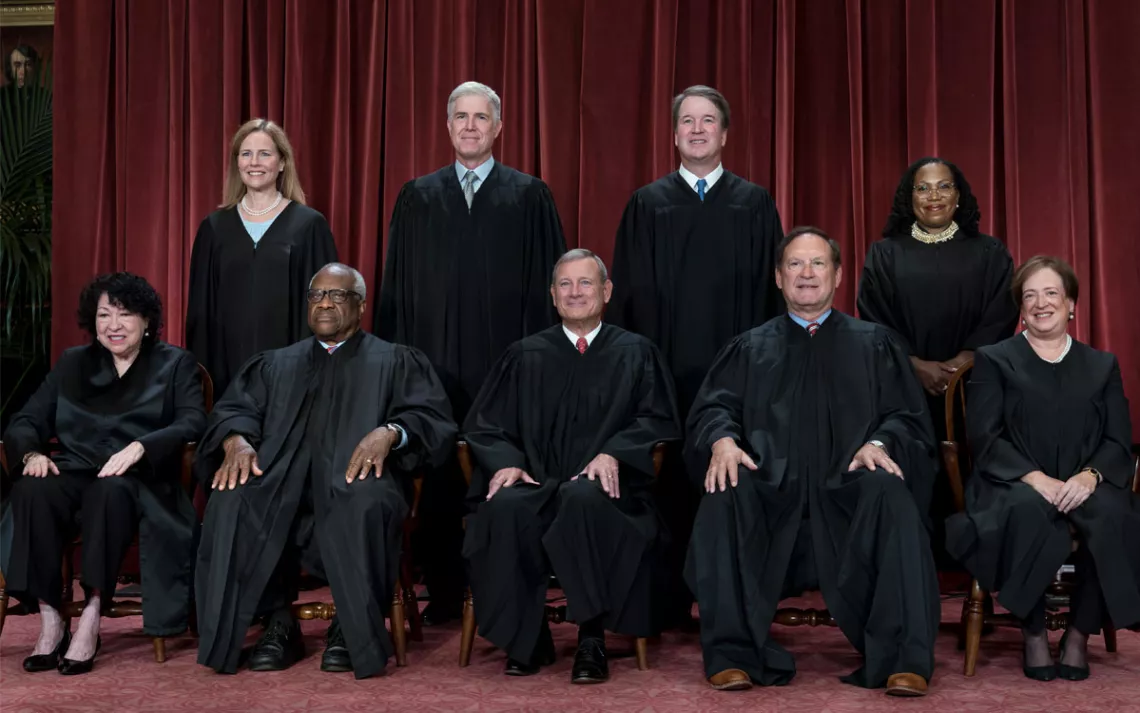
Photo credit: AP Photo/J. Scott Applewhite
At the close of its most recent term, the Supreme Court issued a flurry of decisions sharply limiting government agencies’ ability to implement the law even as the justices expanded their own powers to review the actions of the Congress and the executive branch. While some of these cases didn’t get as much attention as the court’s rulings over presidential immunity, the prosecution of January 6 insurrectionists, reproductive rights, and the rights of homeless people, the decisions threaten to destabilize effective modern government—including its ability to protect the environment and, more broadly, public health and welfare.
In Jarkesy v. SEC, the court eliminated the Security and Exchange Commission’s ability to impose administrative penalties on fraudsters. In Corner Post v. Board of Governors, the court opened the door for powerful industries to challenge a wide range of settled federal agency decisions. In Ohio v. EPA, the court temporarily halted the Environmental Protection Agency’s “Good Neighbor Plan,” meant to reduce air pollution flowing across state lines. And—in its most substantial move—in Loper Bright v. Raimondo the court discarded a long-standing principle of judicial deference to agencies’ interpretations of ambiguous statutes, giving courts unprecedented power to meddle in the administration of a vast array of critical public-health and environmental statutes.
Individually, each of those decisions is deeply problematic. Taken as a whole, they reveal a Court unwilling to trust its co-equal branches of government, a distrust that is undermining the work of both Congress and the president. To understand these decisions’ full import—and to understand what the Supreme Court has been doing for the past six years—it’s necessary to take a step back and consider how the federal government has worked throughout our history.
Most of the laws protecting public health and the environment use a basic mechanism: Congress, in passing the law, gives a federal agency a set of goals. A perfect example is the Clean Air Act’s direction that EPA ensure that our air is safe to breathe. Congress also sets ground-rules within its statute telling the agency how to achieve those goals (for example, by prescribing pollution controls based on technological feasibility and cost). Congress then expects its law to operate through the agency’s steady pursuit of the prescribed goal, within the statutory limits (by, for example, EPA issuing emission standards based on the factors Congress established).
That’s the way our bedrock environmental laws—like the Clean Air Act, the Clean Water Act, and the Endangered Species Act—work. It’s also the mechanism that drives telecommunications law, pharmaceuticals law, aerospace regulation, and much more. That model of partnership between Congress and the executive branch has worked really well. To take one example: the Clean Air Act, according to one estimate, prevented 370,000 premature deaths in 2020. The law’s overall health benefits that year—including reduced incidences of asthma and other respiratory and cardiovascular diseases—were worth up to $3.8 trillion, and provided over $30 in benefits for every one dollar spent by polluting industries.
For such laws to function, though, agencies need some discretion to decide how best to pursue the goals set by Congress—how to regulate different industries, or how to accommodate emerging science and unforeseen circumstances. Until this month, the courts recognized that need for flexibility by letting agencies make reasonable decisions to fill the gaps left by Congress. In legal jargon, judges “deferred” to agencies. So when an agency addressed one of the myriad interstitial policy and technical issues arising under our environmental laws—how to measure a pollution increase that triggers Clean Air Act requirements, or how to apply the Clean Water Act to water bodies that change seasonally—courts refused to interfere with the agency’s judgment, so long as that judgment was reasonably exercised and abided by the boundaries set by Congress. This gave agencies, generally under the direction of the president, primary responsibility over policy and technical questions that arise when implementing forward-looking laws adopted by Congress. At the same time, courts retained power to correct agencies when they overstepped the law or when they failed to implement it (as when the EPA decided that greenhouse gases were not air pollutants under the Clean Air Act).
In Loper Bright the Supreme Court discarded that long-standing practice, claiming for itself the final authority to answer every question having to do with interpretation of the law, no matter how much technical know-how or policy judgment might be involved. In a dissent joined by Justices Sotomayor and Jackson, Justice Elena Kagan wrote: the Court’s “majority turn[ed] itself into the country’s administrative czar,” through “a bald assertion of judicial authority.”
That assertion reflects a sustained trend in the court’s jurisprudence. Justice Kagan’s dissent points out that over the past few years, the “Court has substituted is own judgment on workplace health for that of the Occupational Safety and Health Administration; its own judgment on climate change for that of the Environmental Protection Agency; and its own judgment on student loans for that of the Department of Education.” As one legal commentator noted, “the Court’s cases in the 2020s” have only one “consistent theme”: “They centralize power in the Supreme Court, which today is not only the most activist of any Court in the past century, but increasingly the locus of all legal power.”
This shift of power to the judiciary will not benefit the public. Unlike federal judges, federal agencies like EPA are accountable for their policy choices. They answer to the president—and so, by extension, they are responsible to the electorate. On a more quotidian level, federal agencies are required by law to respond to concerns raised by affected industries and members of the public when they make rules. Courts have none of those democratic features.
Agencies also have staff with scientific and technical expertise, and years of practical experience administering the law—all of which are crucial to controlling pollution, safeguarding nuclear weapons, and providing the countless other public services Congress has entrusted to them. Judges have none of that knowledge. The majority in Loper Bright confidently trumpeted its ability to master the necessary “mass of technical detail.” One day earlier, in Ohio v. EPA, the Court published an opinion repeatedly confusing nitrogen oxides (the fossil-fuel-generated pollutants governed by EPA’s Good Neighbor Plan) and nitrous oxide (laughing gas).
Having said all that, no one should conclude that these Supreme Court decisions necessarily spell doom, especially when it comes to climate change. In the 2020s, the main drivers of reduced greenhouse gas emissions are economics (zero-emission technologies are increasingly cheaper and better than their fossil fuel competitors), public investments in renewable energy technologies such as those created by the Inflation Reduction Act, and the potent force of advocates working at federal, state, and local levels to push back on fossil fuel interests and ensure that those economic factors lead to real climate pollution reductions. Those drivers are not readily susceptible to judicial meddling (though fossil fuel interests will certainly try). While it’s true that the regulatory work of agencies like the EPA lends predictability, stability, and fairness to the clean energy transition, it is not the primary force behind that transition.
To get a sense of where we might be headed, recall the Obama administration’s Clean Power Plan. That plan prescribed an orderly process by which the United States could begin to cost-effectively move away from its highest-polluting sources of electricity: coal- and gas-fired power plants. In 2016, the Supreme Court prevented the Clean Power Plan from going into effect. Did the Court thereby prevent the electric sector from moving away from coal? No. In fact, greenhouse gas emissions from the energy sector declined even faster than the Clean Power Plan would have required, because the dirtiest sources of electricity are fundamentally unable to compete with more modern, cleaner power, and because the public is increasingly embracing the technologies that will secure a stable climate for future generations.
But that transition was far messier and much less efficient than it would have been had the Clean Power Plan gone into effect. A properly functioning government can give us a climate transition that is predictable, reliable, and operates on a level playing field—all of which best serves the public. In contrast, the court’s decisions of the past few years will make the path more costly and chaotic. But the court’s increased willingness to interfere in the work of federal agencies shouldn’t change where we’re headed over the long run—that is, so long as the public remains vigilant and continues to force the elected branches of our government toward policies that safeguard our well-being. Laws like the Clean Air Act and Clean Water Act, read fairly, require our government to take strong and meaningful steps to ensure our health and preserve our environment. Agencies, with the support of environmental advocates, can and will continue to take those steps even while playing by the Court’s new rules. But it is the tens of millions of Americans committed to environmental sustainability who have been the main force behind our steps toward a stable climate, and they still have the power to keep us moving forward.
 The Magazine of The Sierra Club
The Magazine of The Sierra Club
